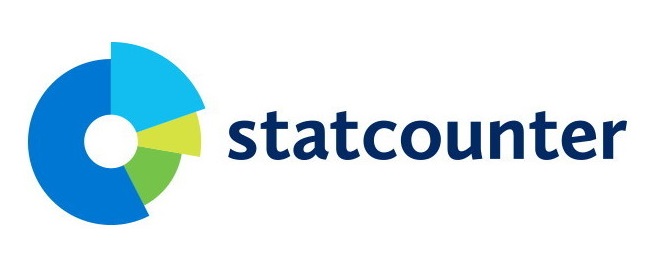ESTIMASI EXPECTED SHORTFALL DALAM OPTIMALISASI PORTOFOLIO DENGAN METODE DOWNSIDE DEVIATION PADA SAHAM IDXHEALTH
Abstract
Portfolio optimization using downside deviation is an optimal portfolio by defining the standard deviation of returns below the target (benchmark) as a level of risk measure. Every optimal portfolio certainly has risks. Therefore, it’s necessary to estimate the risk as an illustration of the worst investment condition. Expected shortfall is a measure of risk because it fulfills the coherent risk measures, and its estimated value exceeds VaR. This study aims to obtain optimal portfolio results using the downside deviation method and estimate portfolio risk using the expected shortfall model. The data used in this study are five stocks with the highest average trading volume that are incorporated into IDXHEALTH, namely SAME.JK, KLBF.JK, MIKA.JK, SIDO.JK, and IRRA.JK during the study period from 1 January 2020 to 23 September 2022. As a result obtained from this study, the combined weight of each stock in the optimal portfolio formed is, 2,8% in SAME.JK, 55,63% in KLBF.JK, 26,56% in MIKA.JK, 0,21% in SIDO.JK, and 14.8 % on IRRA.JK with a portfolio return of 0.0249%. The expected shortfall estimation value obtained accurately at a 99% confidence interval of 0.0399, whose value exceeds VaR (0.0343).
Downloads

This work is licensed under a Creative Commons Attribution 4.0 International License.

This work is licensed under a Creative Commons Attribution 4.0 International License.









